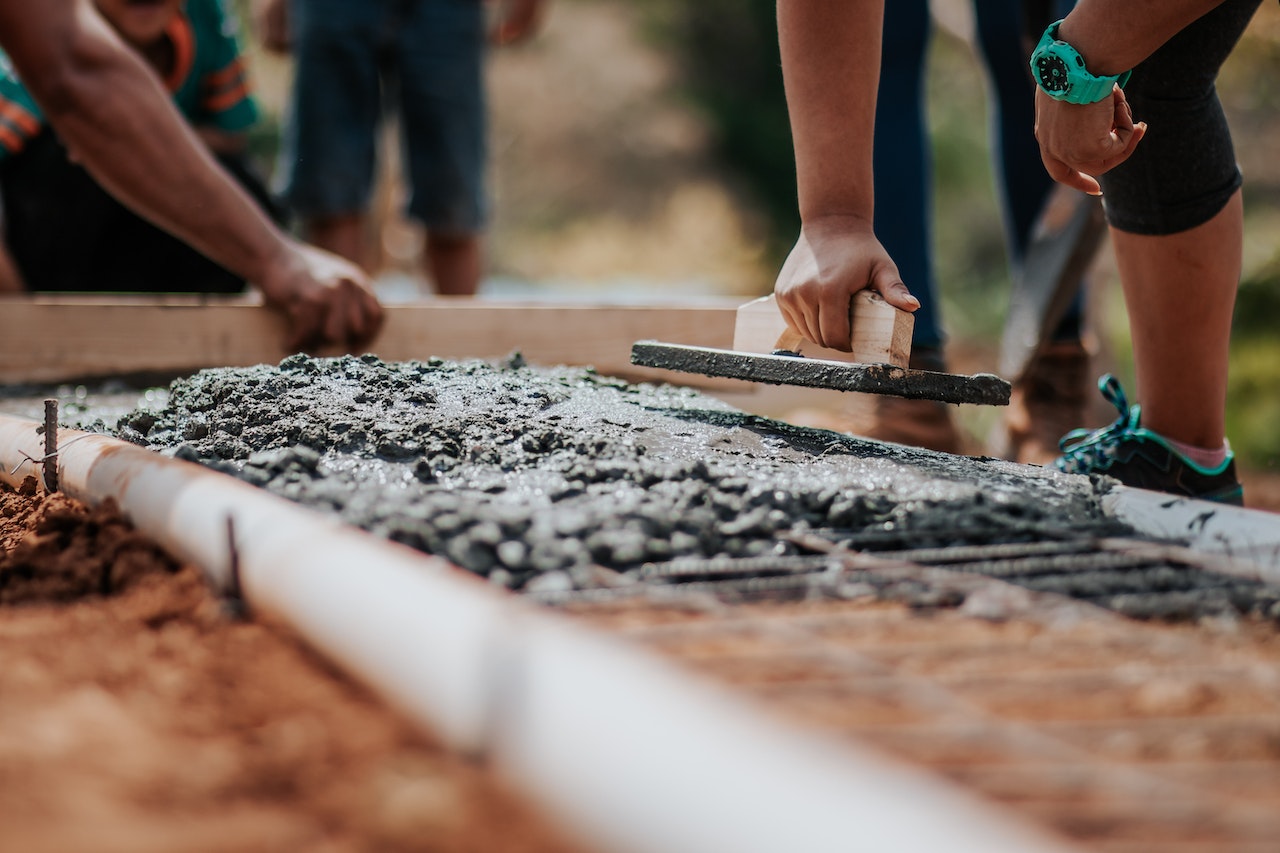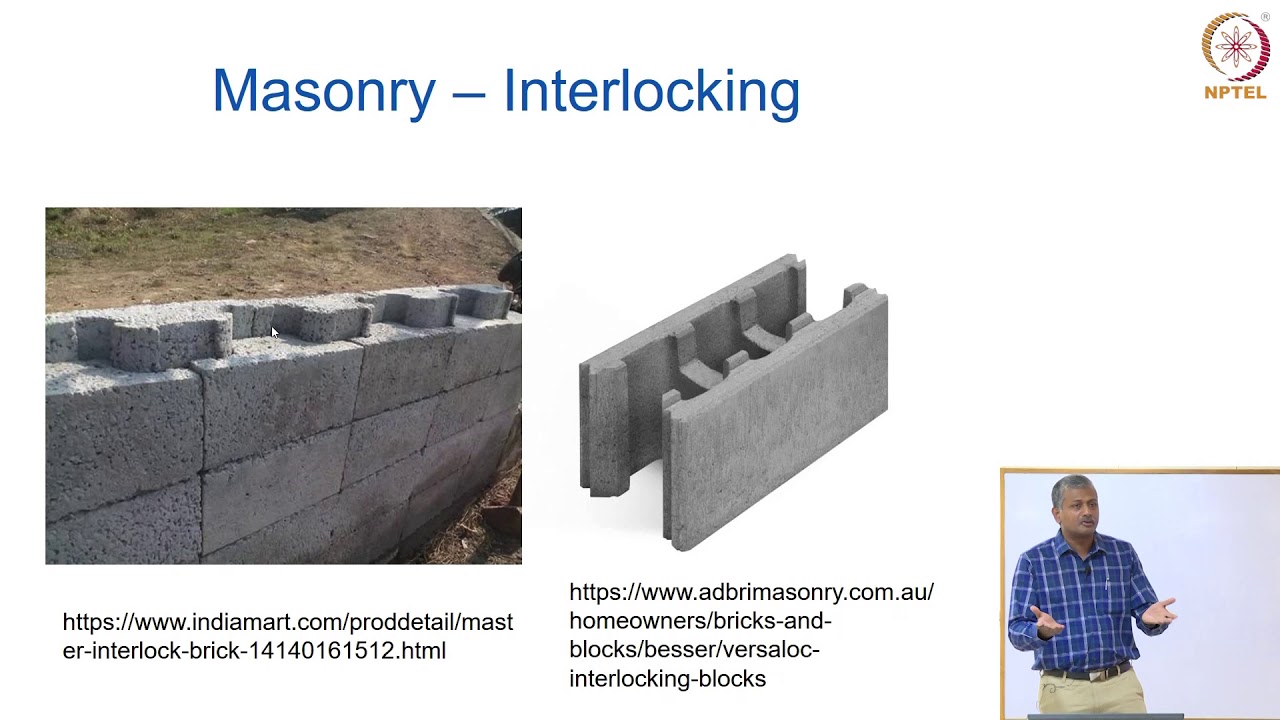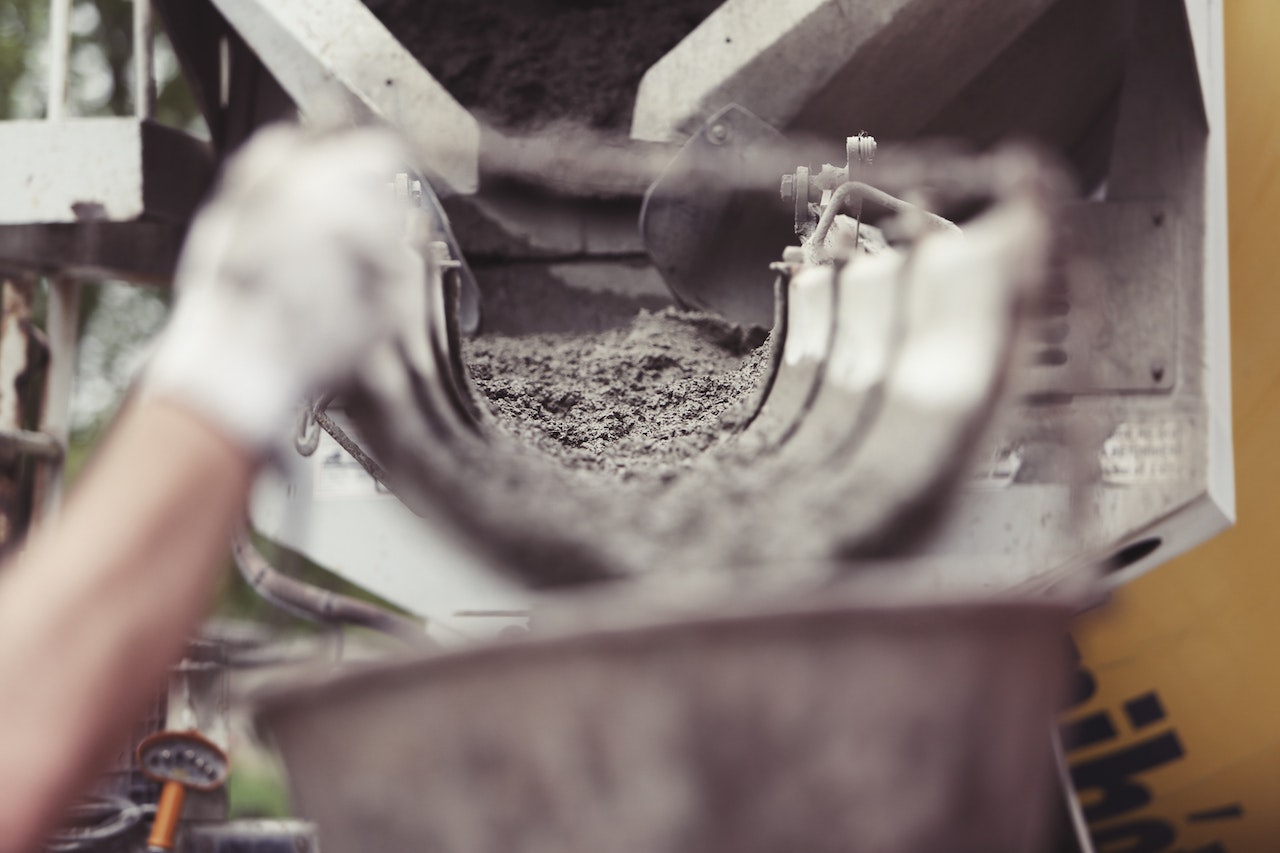The Evolution Of Construction Materials And Techniques - A Look Back In Time
The evolution of construction materials and techniques has come a long way from the days of building with mud and straw. Throughout human history, the materials used for construction and the techniques employed to build structures have evolved greatly, leading to the development of the skyscrapers and modern architectural marvels that exist today.
Author:George EvansMar 01, 20238.3K Shares346K Views

The evolution of construction materials and techniqueshas come a long way from the days of building with mud and straw.
Throughout human history, the materials used for construction and the techniques employed to build structures have evolved greatly, leading to the development of the skyscrapers and modern architectural marvels that exist today.
The following article will delve into the history of construction materials and techniques, highlighting the key advancements that have taken place over time.
The Evolution Of Construction Materials And Techniques
The earliest structures built by humans were made from natural materials such as mud, straw, and stone.
Ancient civilizations like the Egyptians and the Mayans built large pyramids and structures with stone blocks, which were transported and placed into position without the use of modern equipment.
These structures, although impressive, were limited in their height due to the weight of the materials used and the lack of proper techniques for building taller structures.
The Development Of New Construction Materials
Over the years, many new construction materials have been developed, including steel, aluminum, glass, and composite materials. These materials have enabled architects and engineers to create new and innovative designs, and have opened up new possibilities for construction.
Steel, for example, is used extensively in the construction of bridges and high-rise buildings due to its strength and versatility. Glass, on the other hand, has revolutionized the design of buildings by providing natural light and unobstructed views.
The Integration Of Technology Into Construction
In recent years, technology has had a profound impact on the construction industry. The use of computer-aided design (CAD) and building information modeling (BIM) has revolutionized the way architects and engineers design and plan buildings.
3D printing and robotics have also become increasingly important in construction, making it possible to produce precise and customized building components quickly and efficiently. Furthermore, the use of drones and other digital tools has made it easier to manage construction sites and monitor progress.
History Of Building Materials Timeline
The history of building materials is a long and fascinating one, tracing back thousands of years to the earliest civilizations. Over time, building materials have evolved and developed to meet the changing needs of society and advancements in technology.
Early Building Materials - Stone, Clay, And Straw
The earliest structures built by humans were made from natural materials such as stone, clay, and straw. These materials were abundant and easily accessible and were used to build simple structures like huts and shelters.
For example, the ancient Egyptians used mud bricks to build their pyramids, while the Mayans used stone blocks to construct their impressive temples and pyramids.
The Use Of Brick And Mortar
The invention of brick and mortar marked a significant advancement in building materials. Bricks, made from fired clay, were strong, durable, and could be mass-produced, making them a popular building material for centuries.
The use of mortar, a mixture of sand, water, and lime, made it possible to bind the bricks together to form walls, arches, and other architectural elements. The Romans, for example, used brick and mortar extensively in their buildings and infrastructure, such as the Colosseum and the aqueducts.
The Introduction Of Reinforced Concrete
In the late 19th century, the invention of reinforced concrete marked a major turning point in the history of building materials. Reinforced concrete, a mixture of concrete and steel, offered greater strength and stability, allowing for the construction of taller and more complex structures.
The first reinforced concrete building was built in 1853, and since then, the material has become a staple of modern construction.
The Development Of New Building Materials
Over the years, many new building materials have been developed, including steel, aluminum, glass, and composite materials. These materials have enabled architects and engineers to create new and innovative designs, and have opened up new possibilities for construction.
For example, steel is used extensively in the construction of bridges and high-rise buildings due to its strength and versatility, while glass has revolutionized building design by providing natural light and unobstructed views.

#8 Construction Materials & Methods | Introduction to Civil Engineering Profession
The Integration Of Technology In Building Materials
In recent years, technology has had a profound impact on building materials. The use of advanced materials such as carbon fiber and composites has opened up new possibilities for construction.
The development of smart materials, such as self-healing concrete and programmable materials, has also had a significant impact on the building industry.
Furthermore, the use of 3D printing and robotics has made it possible to produce precise and customized building components quickly and efficiently.
People Also Ask
What Was One Of The Earliest Building Materials Used By Humans?
Stone was one of the earliest building materials used by humans.
What Is One Of The Newest Materials That Have Had A Profound Impact On The Building Industry?
Smart materials, such as self-healing concrete and programmable materials, are some of the newest materials that have had a profound impact on the building industry.
What Has Technology Enabled In The Construction Of Building Materials?
Technology has enabled the development of advanced materials, such as carbon fiber and composites, and has made it possible to produce precise and customized building components quickly and efficiently through the use of 3D printing and robotics.
Conclusion
The evolution of construction materials and techniques is a testament to human ingenuity and the drive to improve building methods.
From the earliest structures made from stone and mud to the advanced materials and technologies of today, construction materials and techniques have continued to evolve and develop over time to meet the changing needs of society and advancements in technology.
It is exciting to consider what the future holds for the construction industry and what new materials and techniques will emerge to improve the safety, efficiency, and sustainability of buildings.
Jump to
The Evolution Of Construction Materials And Techniques
The Development Of New Construction Materials
The Integration Of Technology Into Construction
History Of Building Materials Timeline
Early Building Materials - Stone, Clay, And Straw
The Use Of Brick And Mortar
The Introduction Of Reinforced Concrete
The Development Of New Building Materials
The Integration Of Technology In Building Materials
People Also Ask
Conclusion

George Evans
Author
George Anderson, an exceptional architectural designer, envisions and brings to life structures that transcend the realm of imagination. With an unwavering passion for design and an innate eye for detail, George seamlessly blends form and function, creating immersive spaces that inspire awe.
Driven by a deep appreciation for the interplay of space, light, and materials, George's innovative approach redefines the possibilities of architectural design. His visionary compositions leave an indelible mark, evoking a sense of wonder and transforming the built environment.
George Anderson's transformative designs and unwavering dedication continue to shape the architectural landscape, pushing the boundaries of what is possible and inspiring generations to come.
Latest Articles
Popular Articles
